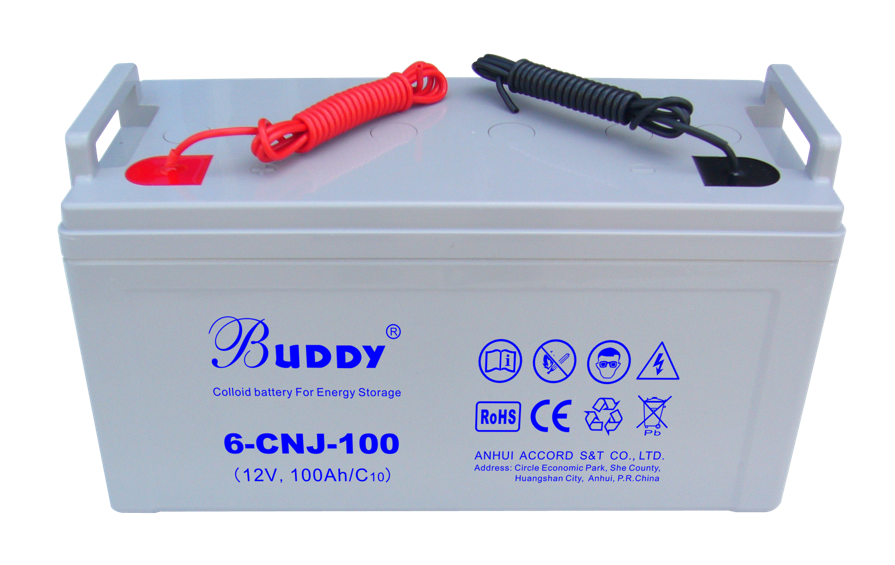Choosing the right battery for the UPS requires consideration of various technical parameters to ensure compatibility, reliability, and optimal performance. The following are some of the key technical parameters should keep in mind:

1. Battery type:
UPS batteries are usually valve-controlled lead-acid batteries (VRLA) or lithium-ion batteries. Select the battery type based on factors such as cost, maintenance requirements, and life expectancy. VRLA batteries are generally more cost-effective, while lithium-ion batteries may offer longer life and higher energy density.
(2) rated voltage and float charging pressure:
to ensure that the battery voltage is consistent with UPS requirements. Common voltage levels for UPS batteries range from 12V to 480VDC, depending on the size of the device. In addition, ensure that the UPS system supports the specified floating charge voltage configuration of the selected battery; Otherwise, correct charging may be affected.
3. The capacity (Ah) :
battery capacity (Ah) measured by Ann. Select sufficient capacity to meet UPS uptime requirements. Calculate the required capacity based on the power consumption of the connected device and the expected backup time in case of power outage.
4. The number of cells:
consider UPS in the configuration of the battery. This includes the number of batteries and whether they are connected in series or parallel. Ensure that the UPS can support the specified battery configuration.
5. The physical size and shape factor:
to examine the physical size batteries, to ensure that they are suitable for UPS shells or external battery cabinet. Consider form factors, such as rack or tower batteries, depending on how your UPS is installed.
6. Internal or external battery:
some UPS system allows connecting external battery to prolong operation time. Determine if you need to add an external battery in the future and if the UPS supports this option.
7. Self-discharge rate:
indicates that the battery self-discharge lose power when they didn't use or float charging pressure. For UPS batteries, a lower self-discharge rate is more ideal to ensure that they remain charged during periods of inactivity.
8. Cycle life:
cycle life refers to the number of battery charging and discharging cycle can experience, before the capacity significantly degraded. Choose a battery with a cycle life that meets your expected usage pattern.
9. Temperature range:
check working temperature range of the battery. Ensure that the UPS and battery system can operate properly within the specified temperature range.
10. Rechargeable electric flow:
consider charging current of battery support. Faster charging can be advantageous, especially in cases where the battery needs to be recharged quickly after a power outage.
11. And U PS charging system and capacitive:
Ensure that the battery is compatible with the UPS charging system. Some UPS models may have specific charging requirements to achieve optimal battery performance.
to 12. Monitoring and management:
A battery with monitoring can provide information about its health, status and remaining capacity. This data is essential for proactive maintenance and ensuring the reliability of the UPS system.
By taking these technical parameters into account, you can choose a battery that is compatible with your UPS system and provides the required backup power.